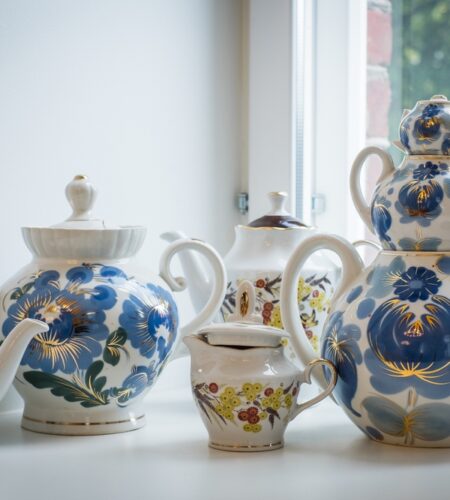The art of ceramics, one of humanity’s oldest crafts, spans across continents and cultures, offering a fascinating glimpse into the artistic expression and daily lives of people around the world. From the rustic terracotta vessels of ancient civilizations to the ornate porcelain of imperial courts, each style of ceramic art tells a unique story of the culture from which it originates. Exploring these diverse styles not only enriches our understanding of global artistic traditions but also provides an inspiring journey for any pottery enthusiast or cultural explorer.

One of the most compelling aspects of ceramics is the vast array of techniques and styles that have been developed across different cultures. In Asia, for instance, Chinese and Japanese pottery are renowned for their delicate porcelain and unique glazing techniques. Chinese ceramics are famous for their intricate blue and white patterns, while Japanese raku ware is celebrated for its earthy, imperfect beauty, reflecting the wabi-sabi aesthetic.
In contrast, the Mediterranean region offers a glimpse into a different ceramic tradition. From the colorful majolica of Italy to the intricate Islamic tilework of Spain and the Middle East, these styles are known for their vibrant colors and complex geometric patterns. They demonstrate the region’s history of cultural exchanges and its rich artistic heritage.
Similarly, African pottery, often overlooked in the global art scene, presents a wealth of styles that vary from region to region. From the coiled pots of Nigeria to the detailed painted ceramics of South Africa, African pottery is deeply connected to the social and spiritual lives of its people, often reflecting local myths and traditions.


Exploring these varied styles of ceramics also provides insight into the different materials and techniques used by various cultures. For instance, the smooth, translucent porcelain of China is a result of high-firing techniques and the use of kaolin clay, while the rougher, more tactile terracotta of ancient Greek and Roman pottery reflects the use of earthenware clay and lower firing temperatures.
For hobbyists and professionals alike, delving into the world of ceramics offers an opportunity for both artistic inspiration and technical development. By studying different styles, potters can learn new techniques, experiment with different materials, and incorporate various cultural influences into their work. This exploration can lead to a fusion of styles, resulting in unique and innovative ceramic pieces.
Moreover, engaging with the diverse styles of ceramics is a way to appreciate and preserve cultural heritage. In a world where traditional crafts are often overshadowed by industrial production, supporting and practicing these ancient arts is crucial for keeping these traditions alive. Each handcrafted piece carries with it centuries of history and cultural identity, making the art of ceramics a bridge between the past and the present.
Conclusion
In conclusion, exploring the styles of ceramics from different cultures is a journey that offers both artistic and cultural riches. It is an exploration of humanity’s creative spirit as expressed through clay, a material as old as civilization itself. As we shape this earth, we connect with artisans from around the world, learning their stories and keeping the flame of cultural artistry burning bright.



Comments